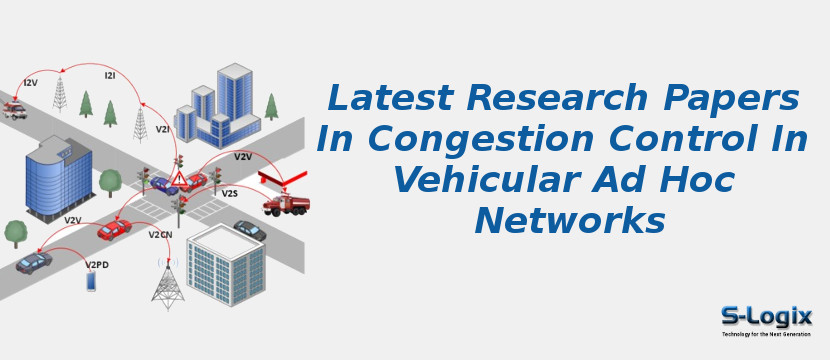Recent studies in congestion control for VANETs are tackling the challenge of high mobility, dynamic topology changes and dense traffic by proposing adaptive, context-aware mechanisms that regulate message rates, data rates, and routing paths in real time. Techniques such as load-aware scheduling, priority-based message handling, and reinforcement learning-driven data rate adaptation are being deployed to reduce packet loss, minimize end-to-end delay, and maintain high packet delivery rates under heavy network load. Some work focuses on RSU-driven load balancing and path selection to off-load congested segments, while others employ machine learning to predict congestion hotspots and dynamically adjust transmission parameters. These advancements aim to ensure reliable dissemination of safety and non-safety communications in VANETs despite the inherently unstable vehicular environment.
